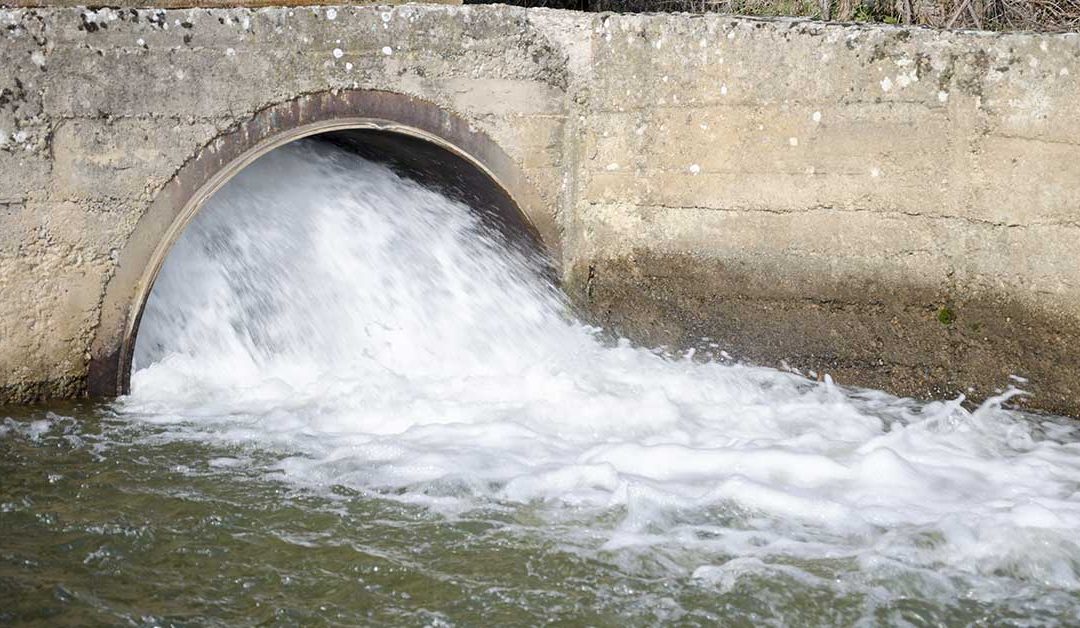In Michigan, the pandemic has shed light on long-running water problems in all parts of the state.
We’ve seen heroic efforts to get drinking water reconnected and to improve transparency about water shutoffs. Panic buying of bottled water has created additional hardships for thousands of Michigan residents with PFAS chemicals and other pollutants in their water. And high lake levels continue to hammer drinking water intakes and sewage treatment plants, making it even harder for coastal communities to meet sanitation needs during the crisis.
A solution will require commitment and investment from local, state and federal governments. Local governments and water providers must adopt rate structures designed to ensure affordability for basic service, regardless of income. Other utilities come with assistance programs, such as the Low-Income Home Energy Assistance Program (commonly known as LIHEAP). There is no equivalent for water, and there should be.
Close the access gap. Many of the more than 2 million Americans who lack indoor plumbing or wastewater services live in remote areas, or come from high-risk groups like the elderly, disabled, homebound and homeless. The federal government should use existing disaster response protocols to close this access gap and prioritize communities where local capacity is limited. It should partner with state and local municipalities for both immediate and long-term solutions.
We must also invest in new technologies, like atmospheric water generation, community-driven partnerships between water utilities and community leadership in advancing solutions. The new Flint Community Water Lab is a great example.
Strengthen water utilities of all sizes. Across the U.S., more than 70,000 utilities deliver tap water and treat our sewage, and water professionals are key actors in our public health infrastructure. But because most utility revenue comes from water sales, utilities have been hit hard by the closure of restaurants, arenas and other businesses. Federal recovery dollars for water utilities are critical to ensure they can weather the crisis without rate increases that, in turn, jeopardize the affordability of their services and make the access gap even worse.
Fuel economic recovery by investing in water systems. The pipes and other systems delivering our clean water are aging, but we are not investing enough in infrastructure to keep water systems in good repair. In 2017, the American Society of Civil Engineers estimated that the U.S. needs to spend $15 billion more per year over the next 10 years to meet projected capital needs. In Michigan and other Great Lakes states, rising lake levels have only increased the need for water system improvements. And, Michigan utilities will need ongoing financial support as they begin the work of replacing lead service lines to protect their customers from exposure to the toxic chemical.
Such investment would be one clearly smart way to jumpstart our post-COVID-19 economic recovery. A pre-crisis study shows this kind of investment would create more than 1.5 million jobs, more than the entire employed workforce in 20 states. It would generate more than $260 billion in economic activity annually, exceeding the gross domestic product of 28 states.
The pandemic has shown that overall public health requires us to meet the basic water needs of every person in the U.S. These principles — so basic, yet so overlooked — can help chart the route to getting us there. Michigan can lead the way.
This article appeared in Crain’s Detroit Business. Read more here.

